|
DFW, San Antonio, and Houston are among 14 cities that will overcome multifamily oversupply issues and thrive between now and into 2017. Even Austin will exceed all the product that'll be built in the next three years, says JLL multifamily guru Jeff Price. (Young people looking to rent is one of the few renewable resources on Earth.) 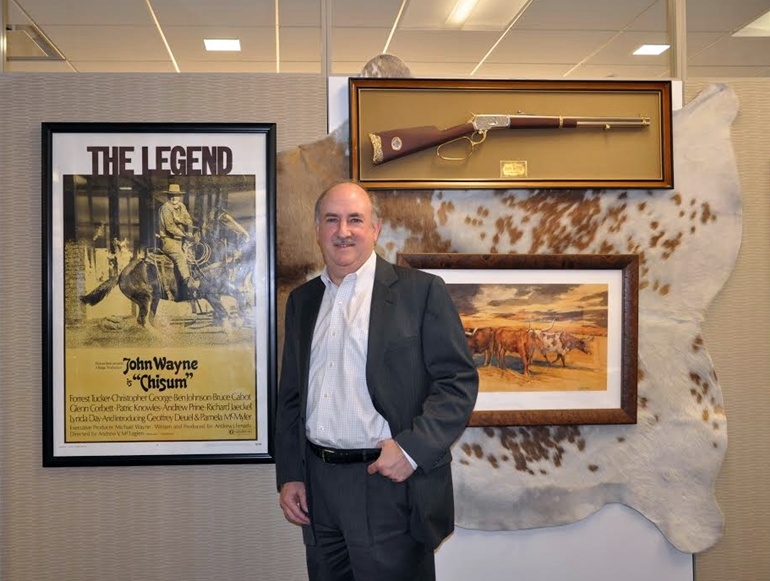 All of the major Texas markets will be healthy, says managing director for the Texas multifamily group Jeff Price. However, Austin will suffer some stress from the level of new construction, but that's only in the short term—while the percentage of inventory is higher than other markets, Austin has a way of snapping back. 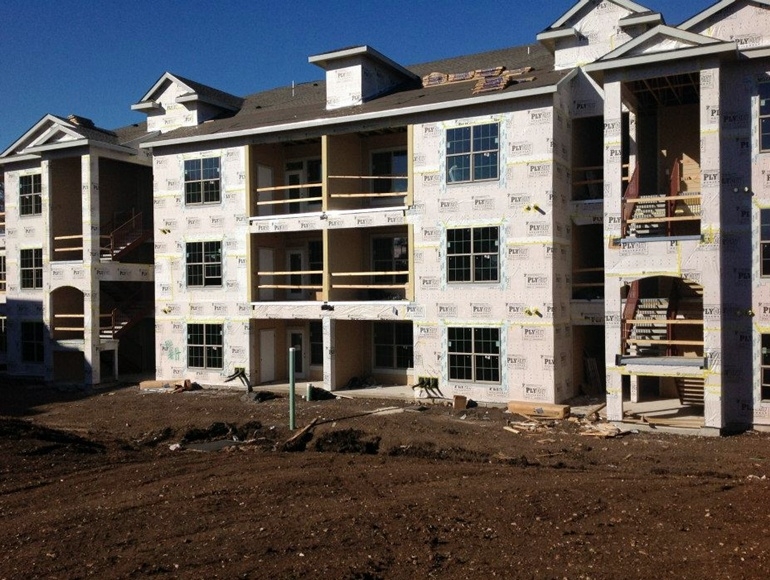 With almost 96% occupancy, Austin's demand may leak just a little bit as more product comes online, but Jeff doesn't think it will be as stressful as people might fear. Demand drivers are just as good there as they are for DFW and Houston; even though revenue and rent growth may be a little limited, job growth is still there. Jeff also says stats show about 100 people a day are moving to Austin, so units will be absorbed. (It's straining the housewarming gift supply... you can't find a toaster anywhere.) 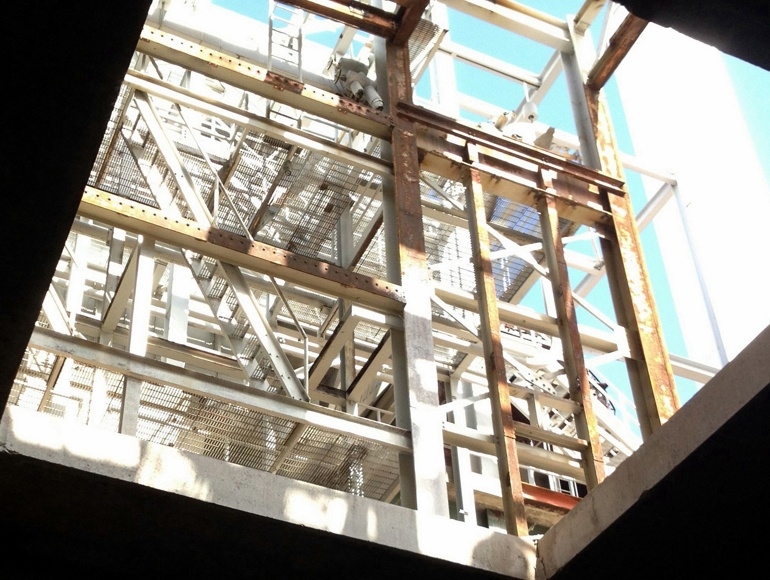 Jeff forecasts that Austin and Dallas job growth will level a bit, but so will the multifamily construction starts. (Austin still had a great Q4, despite the concern about supply and construction levels.) And Houston's construction pipeline will still see some growth this year, he says. On Jeff's horizon: a new grandbaby, and his youngest kid is getting married in June. |
 |
Retail Follows Rooftops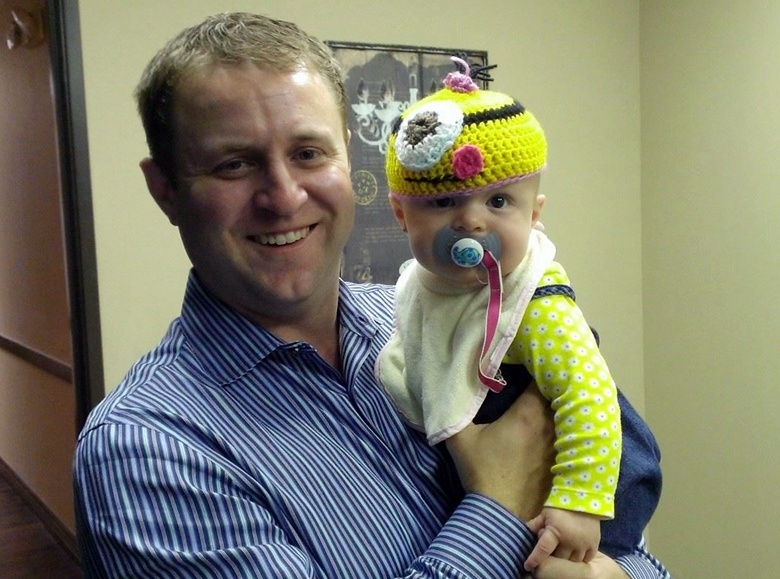 We don't usually cover residential housing, so it's always titillating to take a peek. (We won't tell if you don't.) Across Texas, the revitalization of residential homebuilding is feeding the economy a generous helping of vitality—with a side of caution. Data from Realtor.com shows an 8.1% increase in home prices in December 2013 from December 2012. While that's good news, there's still a lack of inventory across Texas, and that's problematic because the demand will drive home prices up, says Premier Nationwide Lending production manager John Hudson (also the former government affairs chair from NAMB, here with the head of affairs and naps in his house, Isabella Francesca). 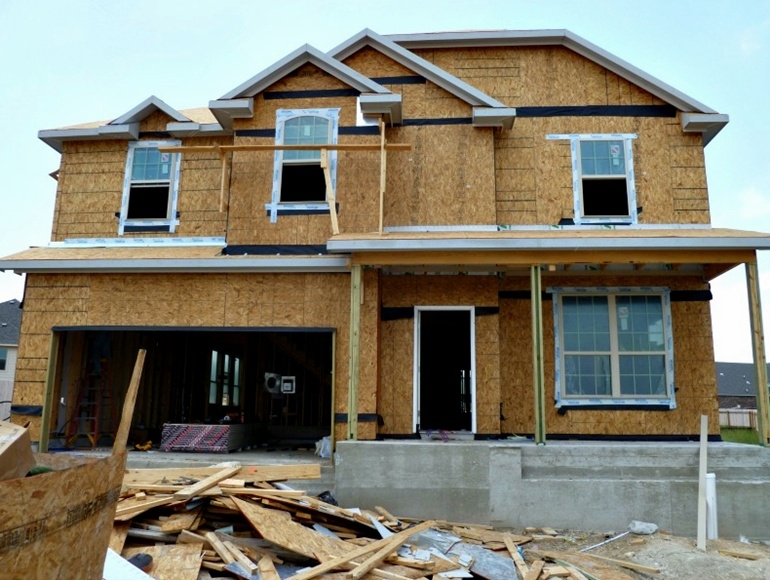 In San Antonio, there is only four months of inventory, and Austin has less than that, John says. He tells us housing affordability has strengthened our economy, and a lack of supply will hurt the state's affordability, which is something that attracts out-of-state companies to relocate here.  But all the homes that have delivered so far have positively impacted retail, according to Keller Williams commercial agent Jim Young. (There's an old complicated real estate algorithm: houses need stuff.) Bee Cave has as many new retail projects as new home starts, he says. There have been several new retail and office projects including two HEB centers, which have been announced in Lakeway, near the entrance to the Sweetwater residential neighborhood. In south Austin, HEB also just announced a new center at Slaughter and I-35, just north of Southpark Meadows (which has thousands of recently delivered single-family homes and apartments). And a similar center is coming to Buda at the intersection of FM 1626 /FM 967. |
 |
Austin Tops Forbes List Again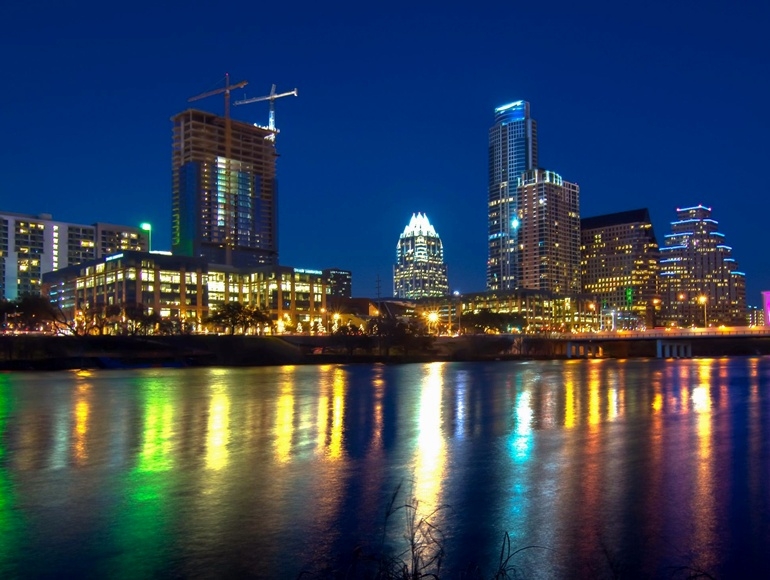 We don't need the Circuit of the Americas track to know we're fast, but we'll take the acclaim from Forbes, which named Austin to the top of its fastest-growing cities list (followed by Dallas at No. 4, Houston at No. 10, and San Antonio at No. 20) for the fourth consecutive time. One big reason Forbes picked us: the state's strong population growth in 2013 and sub-6% unemployment. Austin's stepping up to meeting the growth; there's 56 office projects planned across the Austin metro, including eight high-rise developments in Downtown alone. |
 |
YOU TELL US: Should
|
 |






